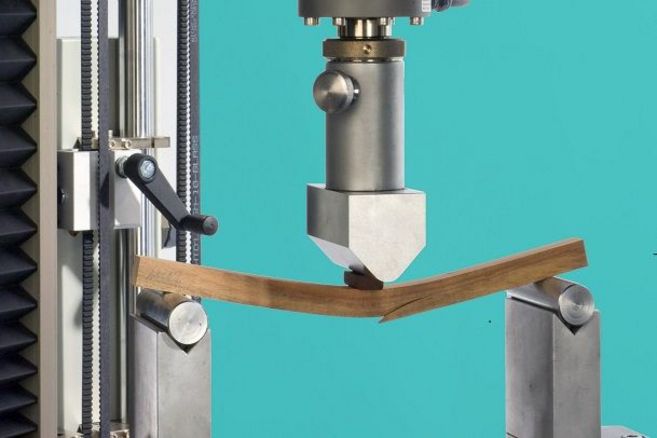If wood products are imported into EU markets, it must be ensured that they are correctly declared and come from legal sources. Despite this, the illegal timber trade is one of the world's largest areas of environmental crime because it promises a billion-dollar business with serious consequences for climate, environment, and biodiversity.
In order to meet this international challenge, the Thünen Centre of Competence on the Origin of Timber combines the anatomical, genetical and economical expertise of three specialized institutes. In Germany and Europe, the competence centre is thus the leading point for wood species identification in many products, including paper, wood-based materials or even charcoal.
In 2021, about 1000 reports on wood species identification were prepared and 10,000 analyses were carried out. In as many as 25 percent of the cases, there was found a false declaration.
A considerable increase in the determination capacity should be achieved through the use of innovative artificial intelligence. There is a very good chance of success for the development of the software, because the competence center can draw on one of the world's largest scientific wood collections (Xylothek). The institute stores almost 38,000 samples of more than 12,000 tree species. In addition to this library of wood samples, there are another 50,000 microscopic specimens.
Even if a great sensitization of the timber trade can already be observed and the implementation of the European Timber Trade Regulation (EUTR) makes an important contribution to the prevention of illegal logging, there is still a long way to go for the scientists and their team until a complete and area-wide control can be achieved.




![[Translate to English:] Logo des Bundesministerium für Ernährung und Landwirtschaft](/media/allgemein/logos/BMEL_Logo.svg)